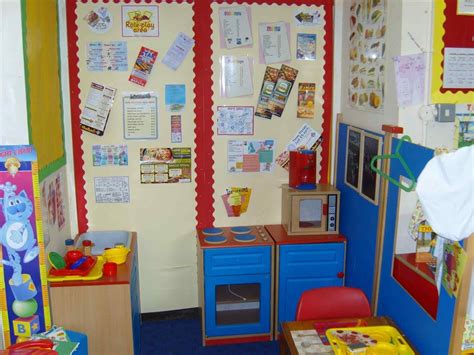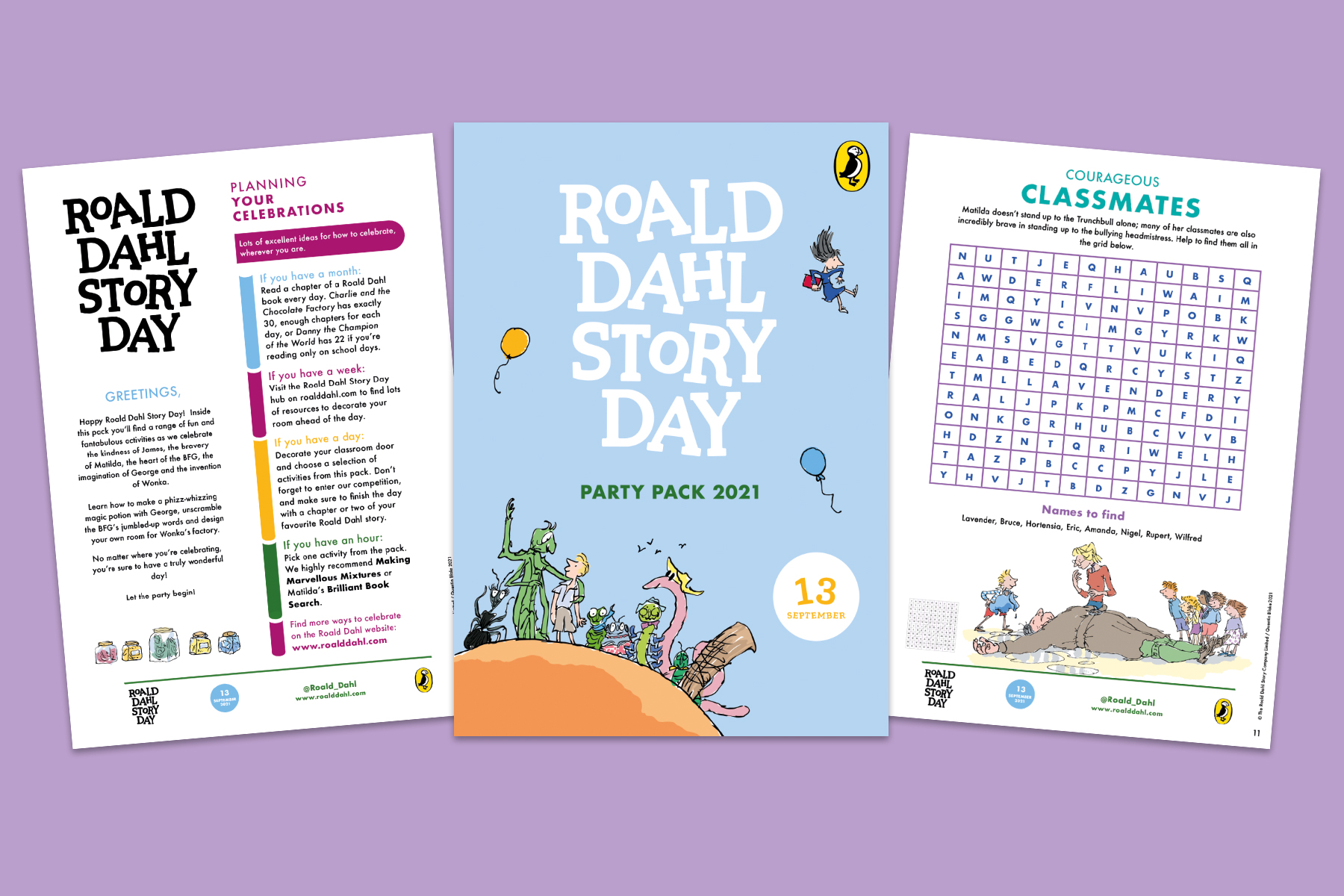Role Play Ideas

Introduction: Unlocking Creativity Through Role Play
Role play is a dynamic and immersive activity that transcends age, profession, and context. Whether used for education, team building, therapy, or entertainment, it fosters creativity, empathy, and problem-solving skills. By stepping into someone else’s shoes, participants gain new perspectives and deepen their understanding of complex scenarios. This article explores the art of role play, offering a diverse range of ideas, structured frameworks, and practical tips to inspire your next session.
Role Play Ideas Across Different Contexts

1. Educational Role Play
Role play transforms learning into an interactive experience. Here are some ideas:
- Historical Debates: Assign students roles of key figures (e.g., Martin Luther King Jr. vs. Malcolm X) to debate civil rights strategies.
- Scientific Discovery: Act out the roles of scientists like Marie Curie or Isaac Newton, reenacting their groundbreaking experiments.
- Language Immersion: Create scenarios (e.g., ordering food in a restaurant) to practice foreign languages in real-life contexts.
2. Corporate Role Play
In the workplace, role play sharpens skills like negotiation, conflict resolution, and leadership.
- Customer Service Scenarios: Simulate difficult customer interactions to train employees in handling complaints gracefully.
- Leadership Challenges: Assign team members roles in a crisis (e.g., a product recall) to test decision-making under pressure.
- Diversity and Inclusion: Role play situations involving bias or microaggressions to foster empathy and understanding.
3. Therapeutic Role Play
Therapists use role play to help clients process emotions, practice communication, and overcome fears.
- Conflict Resolution: Clients act out a disagreement with a family member to practice assertiveness.
- Social Anxiety: Simulate social situations (e.g., a job interview) to build confidence.
- Trauma Reenactment: Under professional guidance, clients revisit traumatic events to reframe their responses.
4. Creative and Imaginative Role Play
For pure fun and creativity, these ideas spark imagination:
- Fantasy Worlds: Create characters in a magical realm, complete with quests and challenges.
- Time Travel: Participants visit different eras, interacting with historical figures or future societies.
- Mystery Solving: Assign roles like detective, suspect, and witness to solve a fictional crime.
Structuring Effective Role Play Sessions

| Element | Description | Example |
|---|---|---|
| Objective | Define the goal of the role play. | Improve negotiation skills. |
| Roles | Assign clear characters and responsibilities. | Manager, employee, customer. |
| Scenario | Set the context and situation. | A salary negotiation meeting. |
| Debrief | Discuss learnings and reflections afterward. | What worked? What could improve? |

Overcoming Common Challenges
- Shyness: Encourage participants to start small and gradually take on more complex roles.
- Lack of Direction: Provide clear objectives and boundaries to keep the session focused.
- Conflict: Facilitate respectfully, ensuring all voices are heard and emotions are managed.
Future Trends in Role Play
As technology advances, role play is evolving:
- Virtual Reality (VR): Immersive VR platforms like Engage VR allow users to role play in lifelike environments.
- AI Integration: AI-driven tools can generate dynamic scenarios and provide real-time feedback.
- Global Collaboration: Online platforms enable role play across borders, fostering cross-cultural understanding.
How can I make role play engaging for adults?
+Focus on real-world scenarios relevant to their lives or careers. Use humor, props, and debrief sessions to keep it interactive.
Is role play suitable for children with special needs?
+Yes, but tailor it to their abilities and comfort levels. Use simple, structured scenarios and provide clear instructions.
How long should a role play session last?
+15–30 minutes is ideal for most groups, followed by a 10-minute debrief.
Can role play replace traditional training methods?
+While it’s highly effective, it should complement, not replace, other training methods for a well-rounded approach.
Conclusion: The Endless Possibilities of Role Play
Role play is a versatile and powerful tool that transcends boundaries, fostering growth, understanding, and creativity. Whether you’re a teacher, therapist, manager, or simply looking for a fun activity, the ideas and frameworks in this article provide a starting point for crafting meaningful experiences. Remember, the key to successful role play lies in preparation, empathy, and a willingness to step into the unknown. So, what role will you play next?